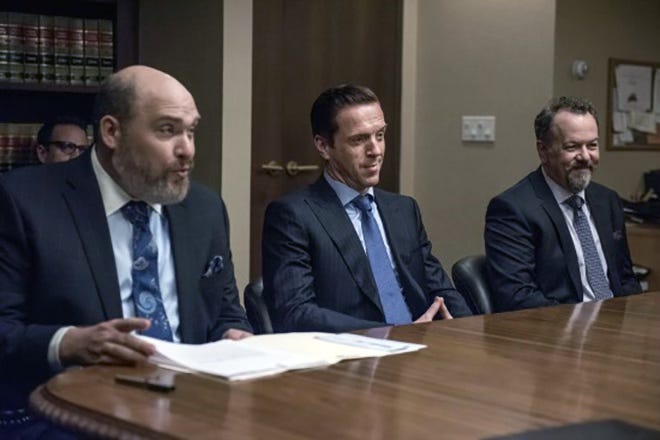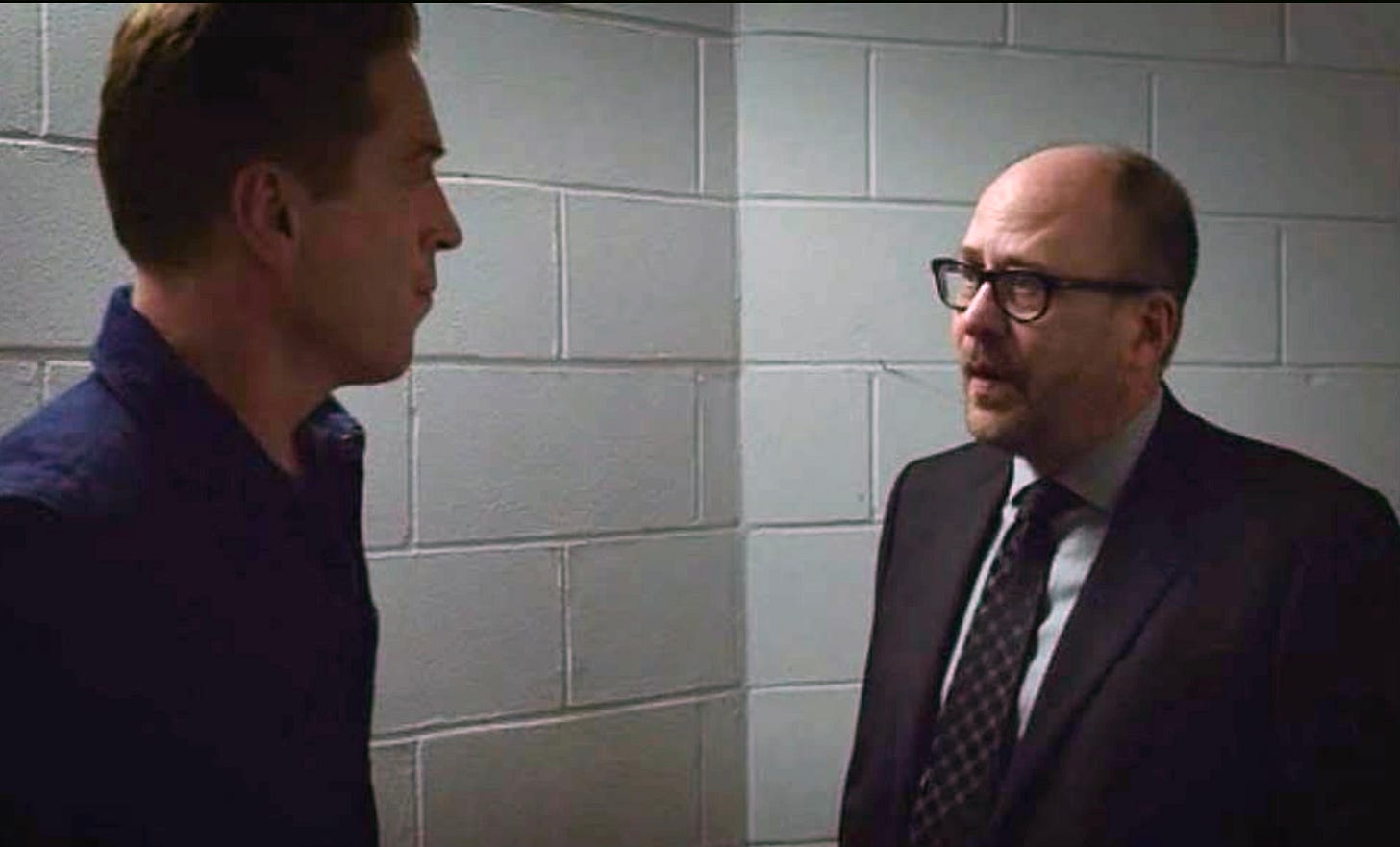No Conquest without Outlaws, No Continuity without Lawmen
Effective organizations require antagonistic lieutenants and a leader who can manage the tension between them.
Once your organization reaches a certain size, it’s essential for any successful leader to have two senior lieutenants at your side, each bearing highly divergent traits - traits which make them likely hate each other, but traits which are essential to the long-term survival of your organization.
Fail to hire these two archetypes and you will eventually lose to a rival organization who has them, and actively deploying their divergent talents.
While the official titles of these two executive archetypes vary from organization to organization, their roles remain the same: Straight Man and Outlaw. In major corporations, the formal title of Straight Man ranges from Director of Compliance, Chief Legal Counsel, etc. Whatever his title, the key characteristic of the Straight Man is that he is scrupulously observant about rules and law, and his advice is driven from those core motivations. He instinctively follows all laws to the letter (even the ones he dislikes), and makes every effort to ensure everyone else go along. He dislikes even the appearance of impropriety and endeavors to conduct himself in such a way that eliminates any possibility of even appearing to be compromised.
The counterbalance to the Straight Man is the Outlaw. In an organization, the Outlaw is the senior executive’s trusted lieutenant who is fully dialed in to the executive’s strategy/vision, and actively exploring which laws and customs can be bent (or broken) to achieve those goals more effectively. While he may hold an ambiguous executive title (VP Marketing, Director of Competitive Intelligence, etc.), given the nature of his duties, often the Outlaw is not even technically employed at the organization he serves, and instead paid as a consultant or other cutout mechanism to distance him from official affiliation.
While not an outright and casual criminal, his willingness to dabble with ideas and strategies outside the law/conventional norms - weighing the pros and cons of various extralegal gambits versus the likelihood of getting caught - makes him a valuable asset to the organization.
When legal options for a complex business dilemma have been exhausted, the Straight Man declares nothing further can be done and goes home. These are the moments when the Outlaw shines - the Outlaw evaluates which extralegal or unorthodox responses combines the highest likelihood of a desirable outcome (otherwise unreachable through conventional means) and lowest likelihood of getting caught by the authorities, auditors or competitors.
The Outlaw has an active hand in activities the executive must keep his fingerprints off of - procuring illicit entertainment for big-spending clients (who’d otherwise do business elsewhere), handling the cash to bribe corrupt officials who are stonewalling projects important to the organization, arranging spies to secure employment at rival organizations to glean important intelligence on their operations and strategy.
The Outlaw’s personal life is often a reflection of his archetype - he is likely divorced multiple times, estranged from his children/family, a notorious womanizer, a regular gambler at high-roller casinos, or a habitual user of recreational drugs. The Straight Man is the opposite, often married to the same person for decades and a creature of predictable routine and order. A good Outlaw lieutenant is able to contain his vices enough to effectively serve his role at the organization, but by his nature, chaos stalks him and a wise leader keeps a close eye on such a man, no matter how indispensable his advice may be.
By their respective natures, the Straight Man and the Outlaw are natural antagonists, the Straight Man viewing the Outlaw as an ongoing source of legal exposure and unnecessary risk, while the Outlaw views the Straight Man as a timid, uptight bean-counter who fails to grasp how the real world works.
The goal of an effective executive is to take each man’s input and make leadership calls - rejecting both the riskiest and worst ideas of the Outlaw (who tends to be reckless and underestimate the dangers of ideas which occur naturally to his rule-breaking temperament), and selectively vetoing the most-cautious and conservative advice of the Straight Man (who views the world through a black-and-white lens, preferring to overcorrect in the direction of obeying irrelevant or outdated rules to the letter). Given their antagonistic relationship with each other, an effective leader must mediate the organic conflicts which arise from the two divergent men to prevent open war from erupting when their respective strategies clash in key decision-making meetings.
The Straight Man and the Outlaw are two ends of a gradient, with most people a blend of the two, and neither extremes make an effective leader - the Straight Man is too cautious to take risky-but-profitable gambits, and are only capable of leading established organizations with steady market shares and clientele (and even then, they are vulnerable to being sniped and outfoxed by ambitious upstart competitors in the same industry willing to take calculated runs at them). On the other hand, an organization headed by a pure Outlaw archetype will quickly devolve into chaos, bedeviled by audits, sloppy bookkeeping and legal trouble.
Ultimately, leadership is not about choosing between the Straight Man and the Outlaw, but holding both in productive tension. One ensures the organization’s legitimacy, stability, and reputation; the other keeps it alive, competitive, and capable of breakthroughs when conventional options are exhausted.
The test of executive judgment lies not in surrounding yourself with yes-men, but in cultivating adversarial counsel and having the courage and diplomacy to navigate between them. The organizations that endure are not led by saints or rogues alone, but by leaders who can productively orchestrate the strengths of both - and in that orchestration, create something stronger than either archetype could achieve on his own.




The Outlaw sounds like the embodiment of Jung's archetype of the Shadow. Also, the references to the show Billions were very apt. Interesting discussion.